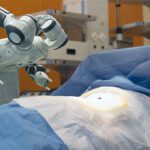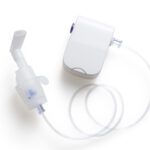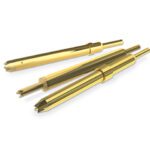Medical Interconnects Improve to Serve the Rapidly Evolving Industry
Connector suppliers are actively working to improve the medical interconnects required to support advanced patient monitoring, diagnostics, and treatment equipment designed to reduce the overall cost of patient care. Such devices span digital stethoscopes, scanners, lasers, and pain management products to neuromodulation implants, probes, and digital displays.
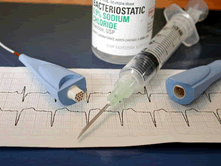 The medical industry is enjoying a dramatic increase in the use of handheld digital stethoscopes, scanners, lasers, and pain management products. Medical electronic practices are evolving with the use of such devices as: bracelets, skin sensors, vibration pads, neurological sensing equipment, and optical scanning techniques for overall wellness. In response, connector suppliers are actively working to improve the medical interconnects required to realize such advanced equipment.
The medical industry is enjoying a dramatic increase in the use of handheld digital stethoscopes, scanners, lasers, and pain management products. Medical electronic practices are evolving with the use of such devices as: bracelets, skin sensors, vibration pads, neurological sensing equipment, and optical scanning techniques for overall wellness. In response, connector suppliers are actively working to improve the medical interconnects required to realize such advanced equipment.
For example, micro- and nano-miniature connectors are being harnessed to miniaturized flexible cabling to enable the many new biomed devices currently on the rise, including handheld portable ultrasound devices, which are now being aimed at a wide range of internal organs to identify issues ranging from blood clots to cancer. Detector circuit chips and processors are being moved from instrument boxes to within the ends of cables and probes; new sensor chips are showing up in medical clinics to process blood cells and provide immediate data during doctor visits; and circuit processor chips in the brain area are being used to help amputees move their extremities. The evolution of micro-signal processing to both monitor and aid in the repair of damage to the human body now spans drugstore products to advanced neuromodulation implants. Digital displays are also becoming more portable, and are often used to share imaging information with patients in real-time. The dental industry especially has been an early adopter of offering patients real-time imaging.
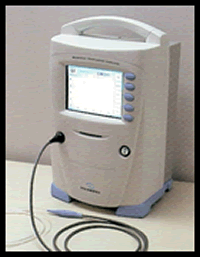 Micro-circular connectors are a great example of the medical interconnects being used to enable quick-change probes and sensors in the medical diagnostics world. In an instrument called a Bowman Perfusion Monitor, which is used to continuously measure absolute tissue perfusion and temperature, the insert portion of the enabling miniature circular connector is over-molded to a design that serves as both a connector and handle for the small electronic probe. In this case, the end of the probe contains a thermistor that electrically changes with temperature. Surgeons can insert the probe into patients to simultaneously monitor the temperature of their blood and tissue. This data is captured and printed in real-time onto a paper strip-chart to provide physicians with information critical to avoiding or aiding in the early intervention of potential risk reactions during medical procedures. The connector inserts can be pre-wired with varying numbers of contacts with a 25mm or 50mm pitch, and can be molded to various materials as specified by the application at hand. Most applications also require connector assemblies to be sterilized prior to use, which requires proper sealing and ingress protection capabilities.
Micro-circular connectors are a great example of the medical interconnects being used to enable quick-change probes and sensors in the medical diagnostics world. In an instrument called a Bowman Perfusion Monitor, which is used to continuously measure absolute tissue perfusion and temperature, the insert portion of the enabling miniature circular connector is over-molded to a design that serves as both a connector and handle for the small electronic probe. In this case, the end of the probe contains a thermistor that electrically changes with temperature. Surgeons can insert the probe into patients to simultaneously monitor the temperature of their blood and tissue. This data is captured and printed in real-time onto a paper strip-chart to provide physicians with information critical to avoiding or aiding in the early intervention of potential risk reactions during medical procedures. The connector inserts can be pre-wired with varying numbers of contacts with a 25mm or 50mm pitch, and can be molded to various materials as specified by the application at hand. Most applications also require connector assemblies to be sterilized prior to use, which requires proper sealing and ingress protection capabilities.
Ready-to-use, in-office systems designed to reduce the overall costs required to provide adequate patient care are already broadly available on the market, and will only become more prolific with time. To support the continued evolution of these increasingly advanced devices, connector and cabling designs will rely even more heavily on collaborative communication with medical equipment companies to ensure that the medical interconnects required to enable these products deliver such desired characteristics as chemical avoidance, sterilization, size, feel, and flexibility.
Bob Stanton, director of technology, Omnetics Connector Corporation
Recently posted:
[related_posts limit=”10″]
